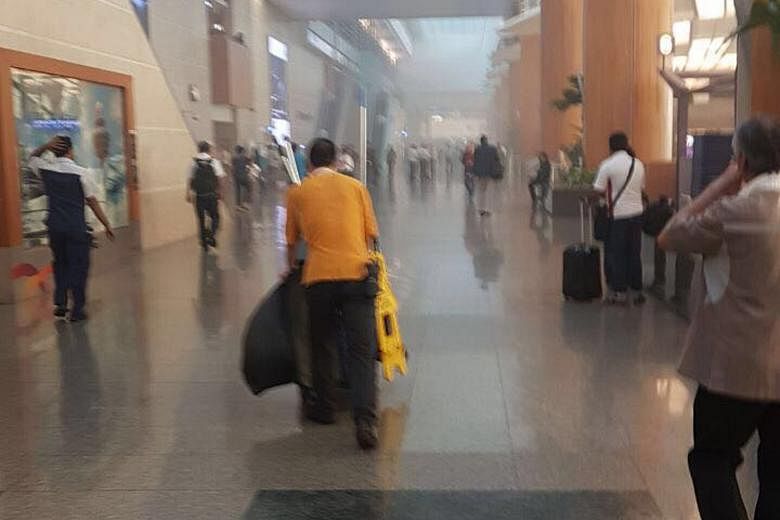A few hours after a fire broke out at Changi Airport Terminal 2 on Tuesday evening, one thing became apparent.
Information was not being disseminated in a timely manner, which led to some frustration on the ground.
There was also little attempt made to explain why, for example, about a thousand people were held on the tarmac for up to four hours.
The result was confusion.
Those with later flights were not sure if they should turn up at the airport and, if they did, where they should go. Others who had planned to pick up family and friends at the airport were also unsure about where they should head to.
On the ground, airport staff did not seem to have answers to the many questions being asked.
The fire, which started at about 5.40pm in a room with air-conditioning equipment, was a small one, but smoke quickly filled the terminal, which prompted a total evacuation of the building and a grounding of all flights in and out.
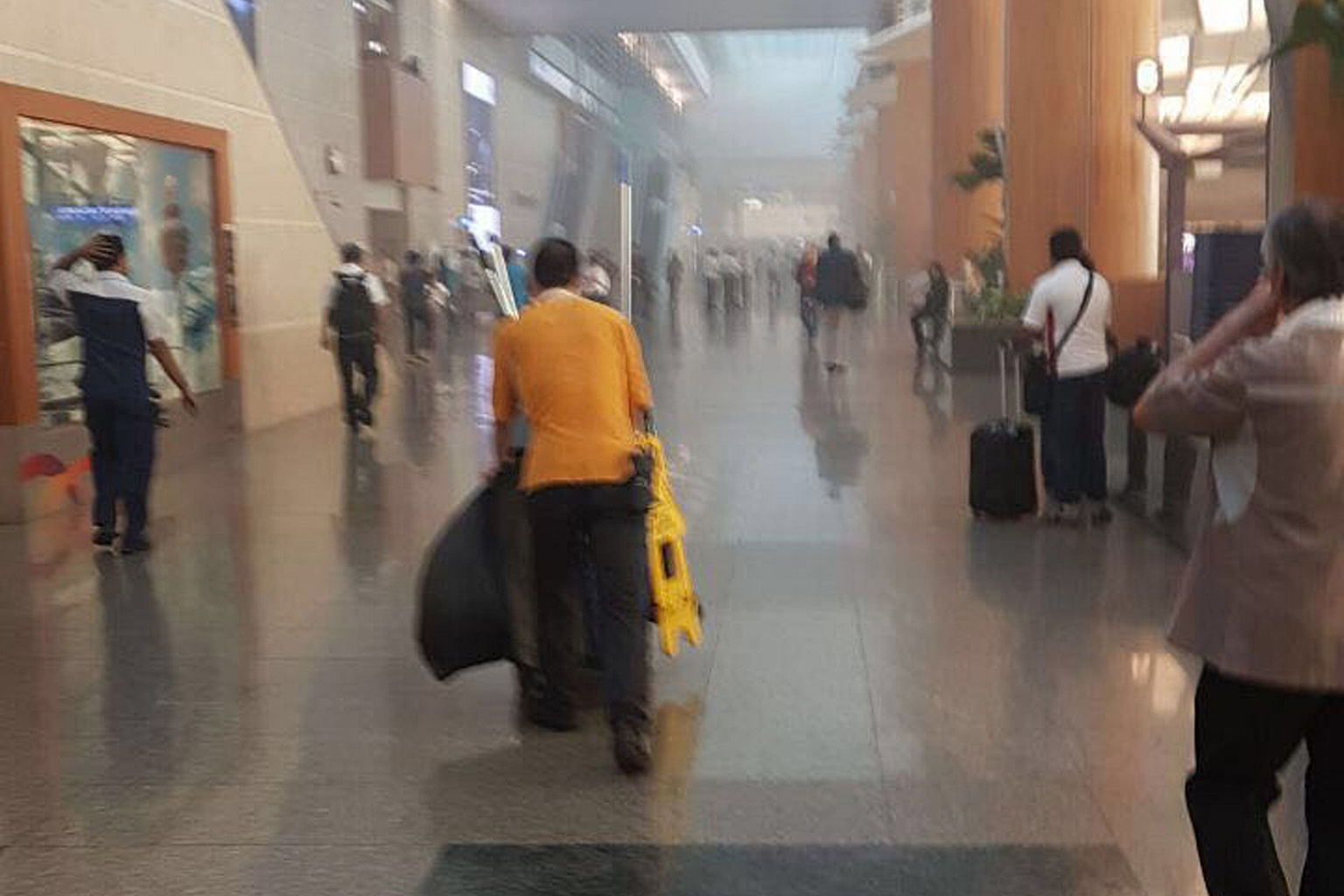
There were, at the time, about 15,000 people, including airport staff, in T2. In line with emergency evacuation procedures, the majority, who were in the public area, were asked to leave the terminal. About 1,000 people who had been in the transit hall and those who had just disembarked from planes were held on the tarmac.
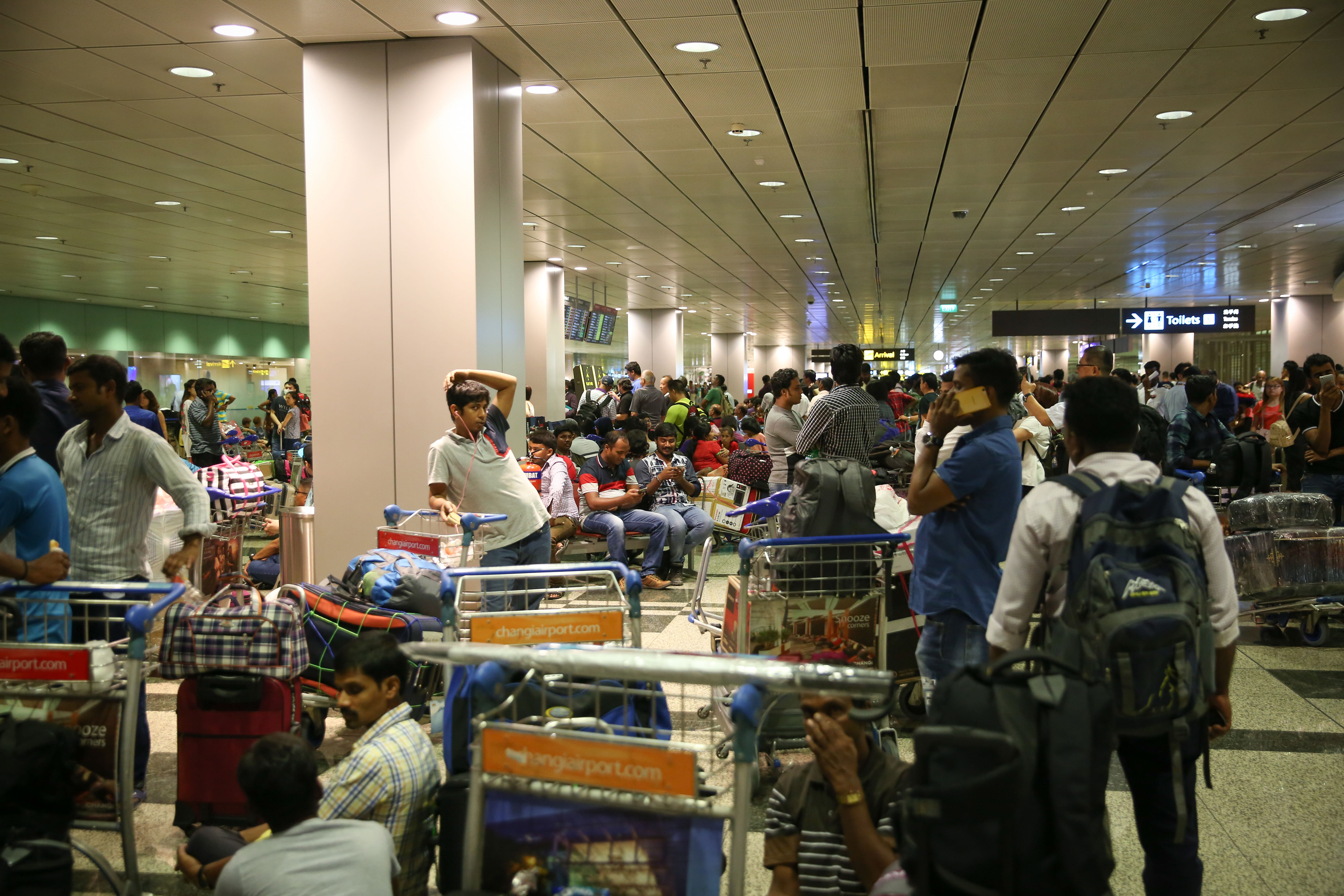
About an hour after the fire, Changi Airport Group (CAG) said in a social media update that the cause had been identified and the situation was under control.
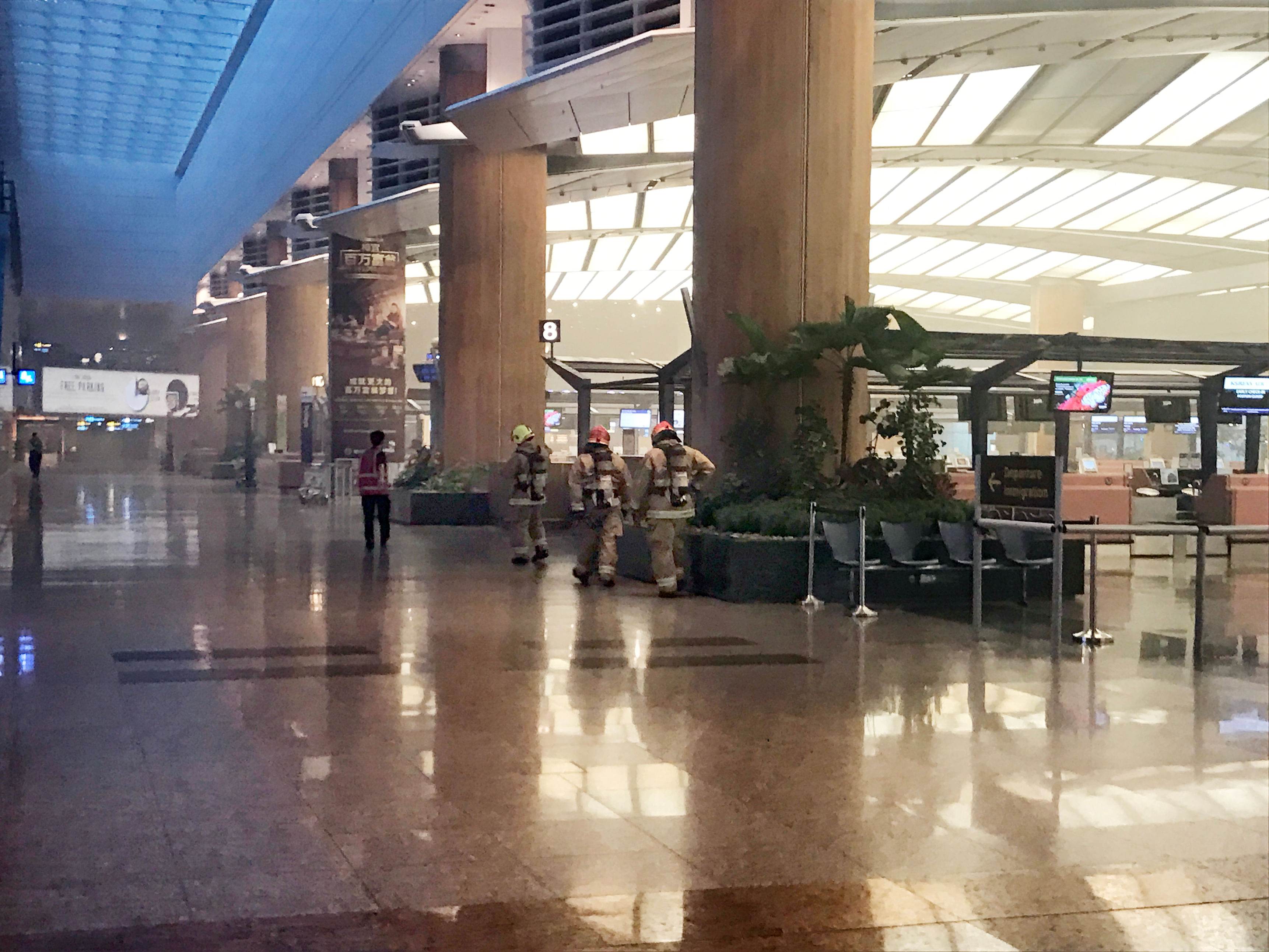
The next key update came about 50 minutes later when people heading to T2 were told to gather at T3 instead. Where exactly at T3 and what to do there, the airport did not say, according to affected travellers and others who took to social media to rant.
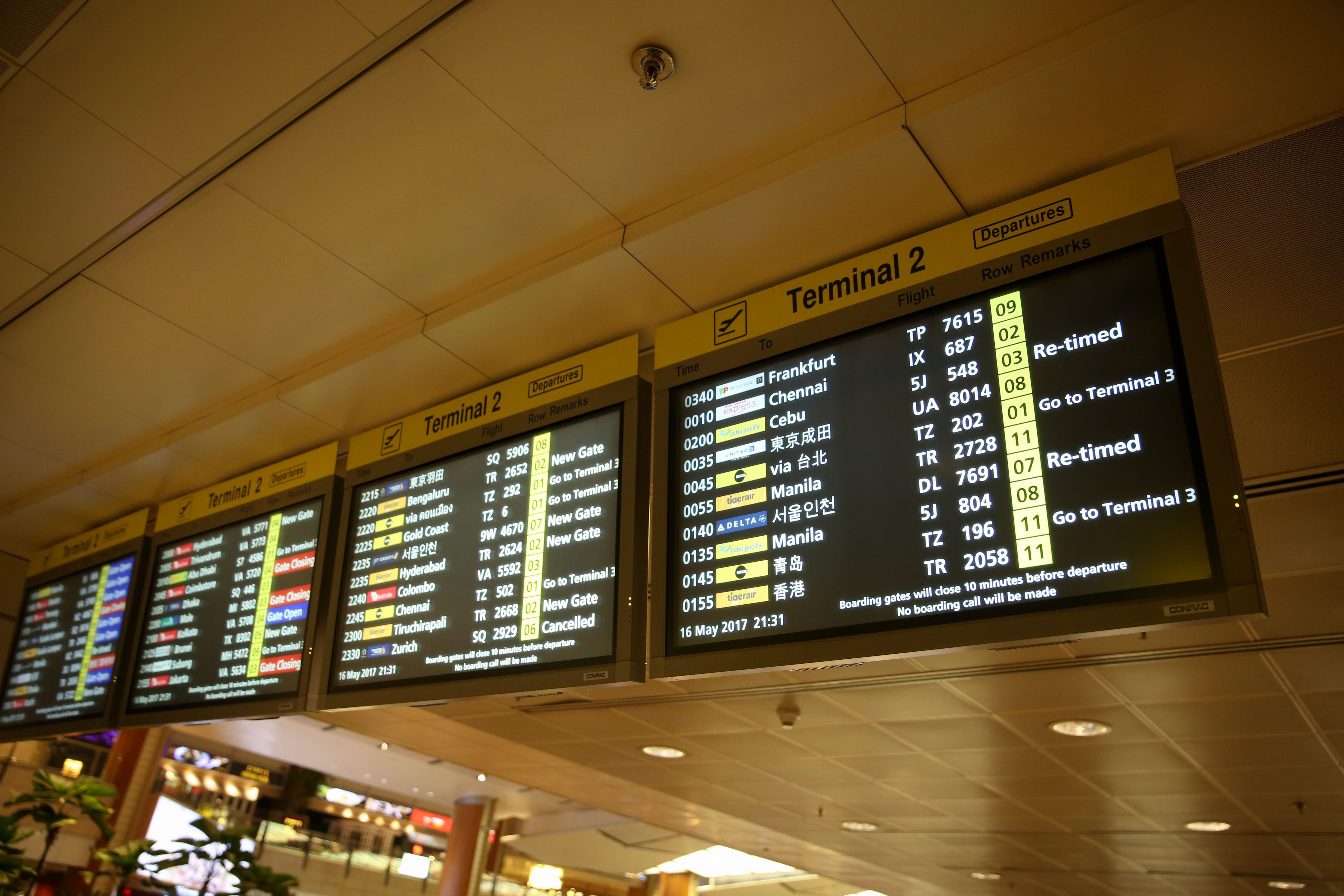
It was not until 9pm - about three hours after the fire - that people were told which gates and check-in counters their flights had been diverted to. In the meantime, people were still waiting at the tarmac - not quite sure why they were being held there and for how long more. Outside the terminal, people were getting anxious.
To be fair, it was the first time Changi Airport had handled such a crisis. Never before had an entire terminal been shut down for more than five hours. Normal operations resumed only about nine hours after the evacuation.
These days, even a small fire is treated as a major incident and rightly so, when airports have become targets in terror attacks. Safety and security are the priorities and some breakdown in normal communications is to be expected when you attempt to evacuate 15,000 people from a sprawling complex like T2.
With T1 already busy on a typical weekday evening, the airport needed to be sure that T3 could handle the extra load, that there were enough check-in counters, aircraft parking bays, gate hold-rooms and baggage collection belts. Time was needed for this and it resulted in delay in communicating flight details to passengers, CAG said yesterday.
Could the decision to move travellers to T3 have been made earlier? Yes, there were operational challenges but there is also little doubt that effective communications were the biggest casualty in the T2 crisis.
And CAG needs only to hop on a train to SMRT to figure out that providing timely information to customers is the key to dealing with service disruptions, so that inconvenience and frustration - while expected - are minimised.
The train operator, for one, has learnt this the hard way and, to its credit, has made significant improvements to its crisis- handling procedures, using everything from handwritten signs and staff on loudhailers to Facebook and Twitter. Buses are also deployed to move passengers away from choke points quickly and safely.
That Tuesday's incident ended with only three people suffering minor injuries and some passengers with frayed nerves is a success in my book, but with Changi a major air hub and the standard bearer in global aviation when it comes to customer service, CAG will be expected to review its systems to make sure it can handle a crisis effectively and expeditiously.

